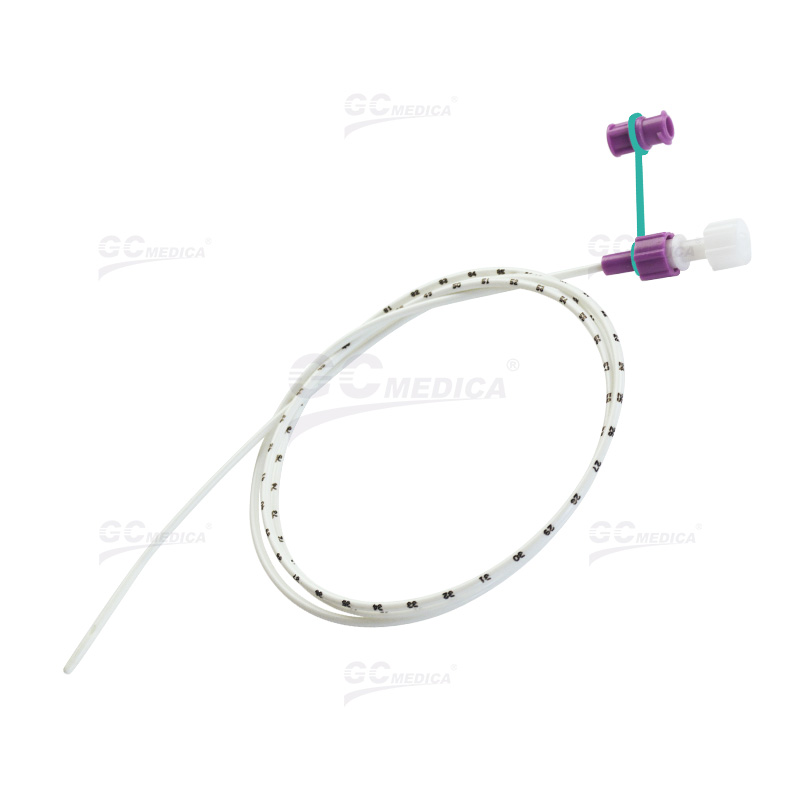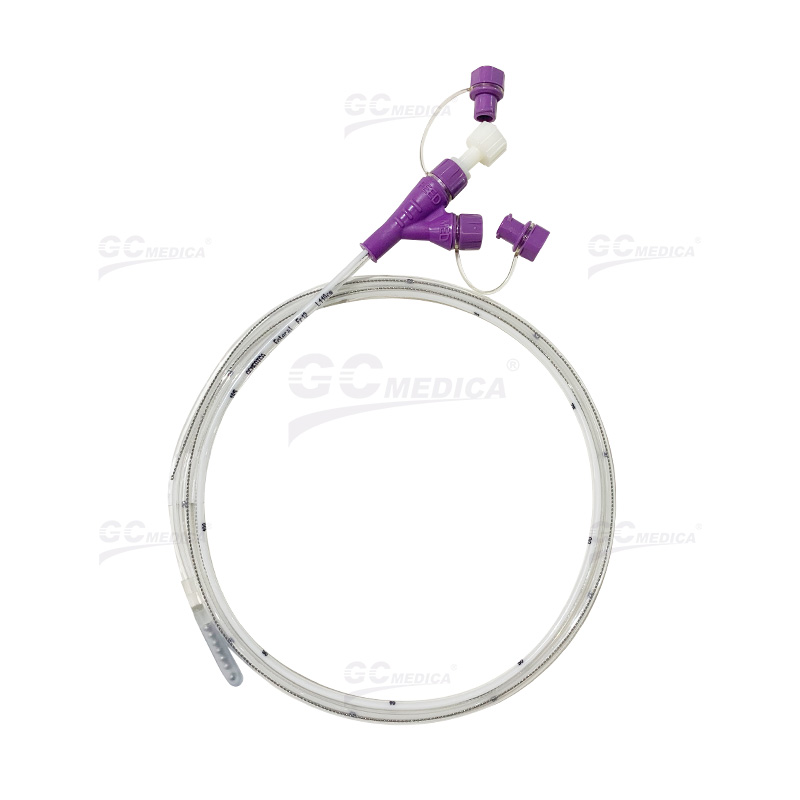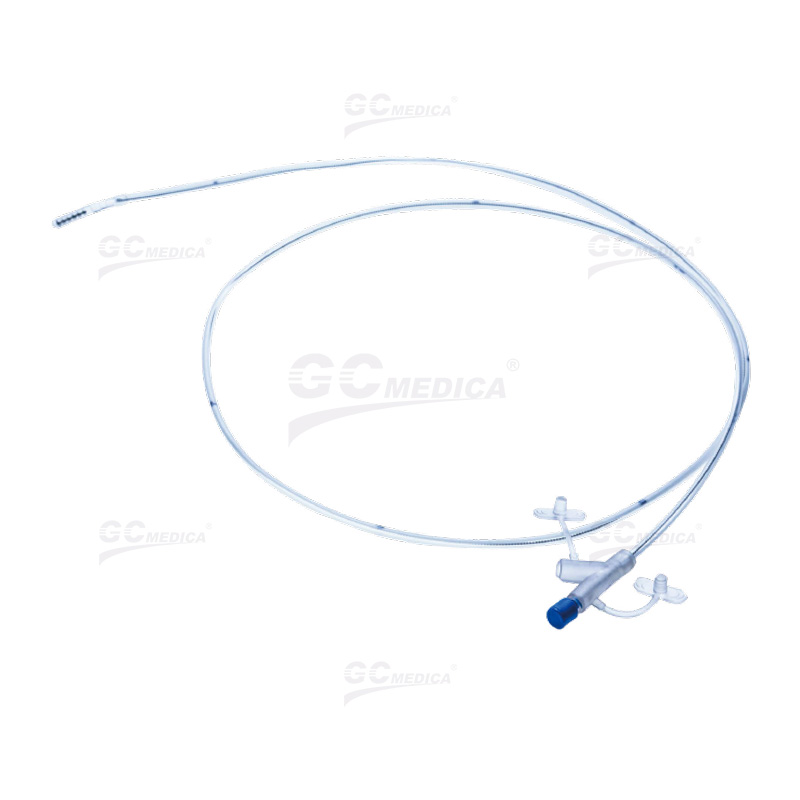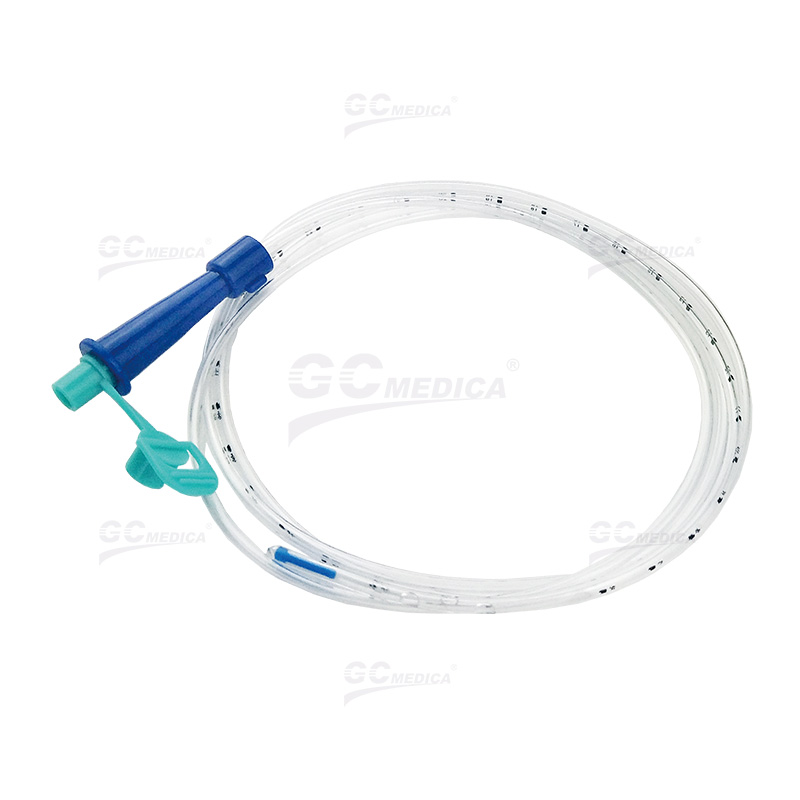Ensuring the proper installation and maintenance of enfit feeding tubes is critical for safe and efficient enteral nutrition. These feeding tubes play an essential role in patient care by providing a reliable conduit for nutritional support and medication administration. In this article, we provide practical tips for healthcare professionals to optimize the installation and upkeep of enfit feeding tubes, thereby enhancing patient safety and overall clinical outcomes.
| |
| Polyurethane Nasogastric Feeding Tubes | |
| Y-Port Nasogastric Feeding Tubes | |
| Nasointestinal Feeding Tube | |
| Nasogastric (Ryles) Tubes | |
Proper Installation Techniques
1. Pre-Installation Assessment:
Before installation, assess the patient's medical condition and nutritional needs. This includes reviewing medical history and any specific requirements related to the patient’s gastrointestinal system. A tailored approach ensures that the selected feeding tube type aligns with the patient’s condition.
2. Adherence to Sterility Protocols:
Maintaining sterility during installation is paramount. Always use sterile gloves, clean work surfaces, and ensure that all equipment, including the feeding tube, is free from contaminants. Strict adherence to infection control guidelines helps prevent post-procedure infections.
3. Secure Connection Setup:
Enfit feeding tubes are designed with specialized connectors to prevent accidental misconnections. Ensure that the connectors are firmly attached and aligned correctly with the feeding system. A secure connection minimizes the risk of leakage or incorrect administration of fluids.
4. Accurate Placement Verification:
Confirm the tube’s placement using standard clinical practices such as pH testing or imaging, where applicable. Verifying proper placement is crucial to avoid complications, such as aspiration or tube displacement, and ensures that the nutrients are delivered directly to the gastrointestinal tract.
Effective Maintenance Strategies
1. Regular Inspection and Cleaning:
Routine inspections of the feeding tube and its connections are necessary to detect early signs of wear, blockages, or disconnections. Follow established protocols for cleaning the tube, using approved solutions that do not compromise the material integrity. Regular cleaning helps maintain functionality and extends the lifespan of the tube.
2. Monitoring for Signs of Complications:
Monitor patients for any signs of discomfort, infection, or feeding tube malfunction. Look out for symptoms such as redness, swelling, or unusual discharge at the insertion site. Early detection of complications enables prompt intervention, thereby reducing the risk of serious adverse events.
3. Scheduled Replacements:
Depending on clinical guidelines and patient-specific factors, scheduled replacement of feeding tubes may be necessary. Regular replacement prevents issues such as tube degradation and ensures the continued effectiveness of enteral nutrition delivery. Documenting replacement intervals also supports consistency in patient care.
4. Staff Training and Competency:
Continuous education and training of healthcare providers are vital for maintaining high standards in tube installation and maintenance. Regular training sessions help staff stay updated on the latest best practices, proper handling techniques, and troubleshooting common issues associated with feeding tubes.
5. Detailed Documentation:
Maintain thorough records of each feeding tube installation and subsequent maintenance activities. Detailed documentation should include the date of installation, inspection results, cleaning routines, and any observed issues. This record-keeping supports quality assurance processes and provides valuable insights for future care decisions.
Best Practices for Healthcare Providers
Follow Standardized Protocols: Always adhere to established clinical protocols during both the installation and maintenance phases to ensure consistency and safety.
Engage in Continuous Learning: Stay informed about the latest research and guidelines related to enteral nutrition and feeding tube management.
Collaborate with Multidisciplinary Teams: Involve dietitians, nurses, and other relevant healthcare professionals in the care plan to optimize patient outcomes and support comprehensive care.
Conclusion
Effective installation and maintenance of enfit feeding tubes are essential components of patient care in enteral nutrition. By following these tips and best practices, healthcare providers can minimize complications, ensure accurate nutrient delivery, and enhance patient safety. Implementing rigorous installation procedures, routine maintenance, and continuous staff training will result in improved clinical outcomes and a more efficient healthcare process.

 Français
Français Español
Español Products
Products
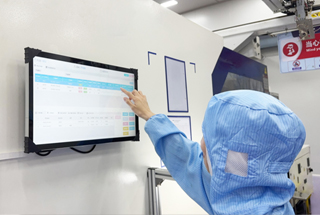
 About Us
About Us




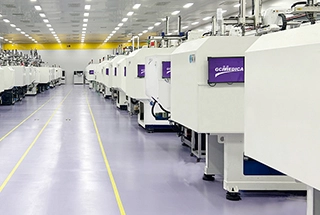


 GCMEDICA ENFit Feeding Tubes for Sale Online
GCMEDICA ENFit Feeding Tubes for Sale Online